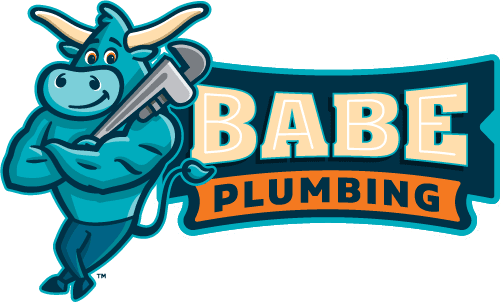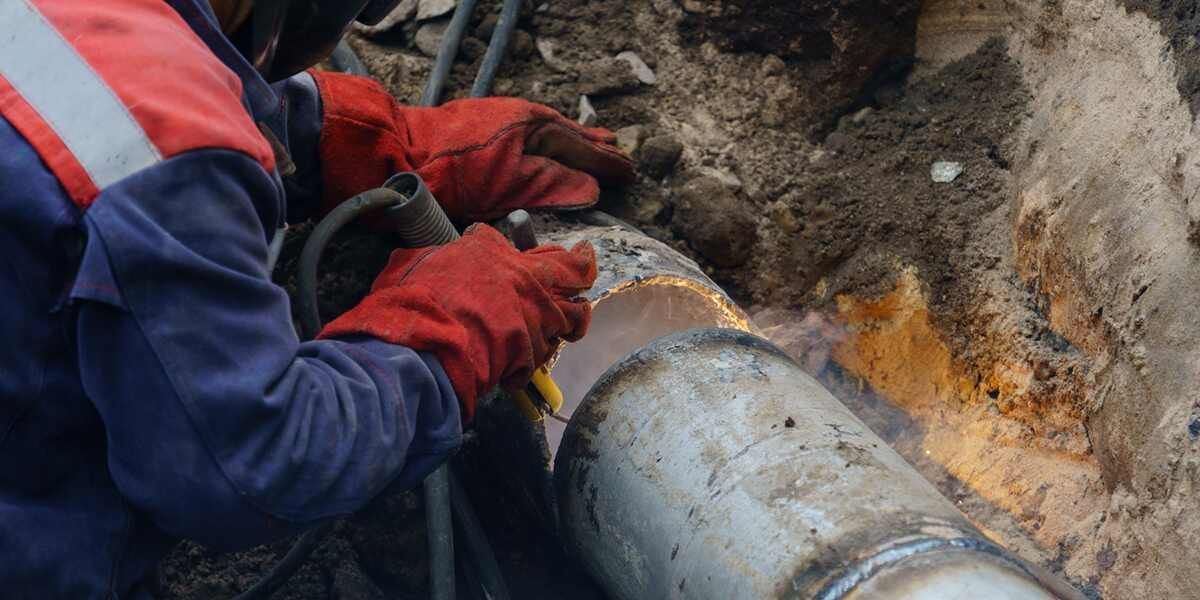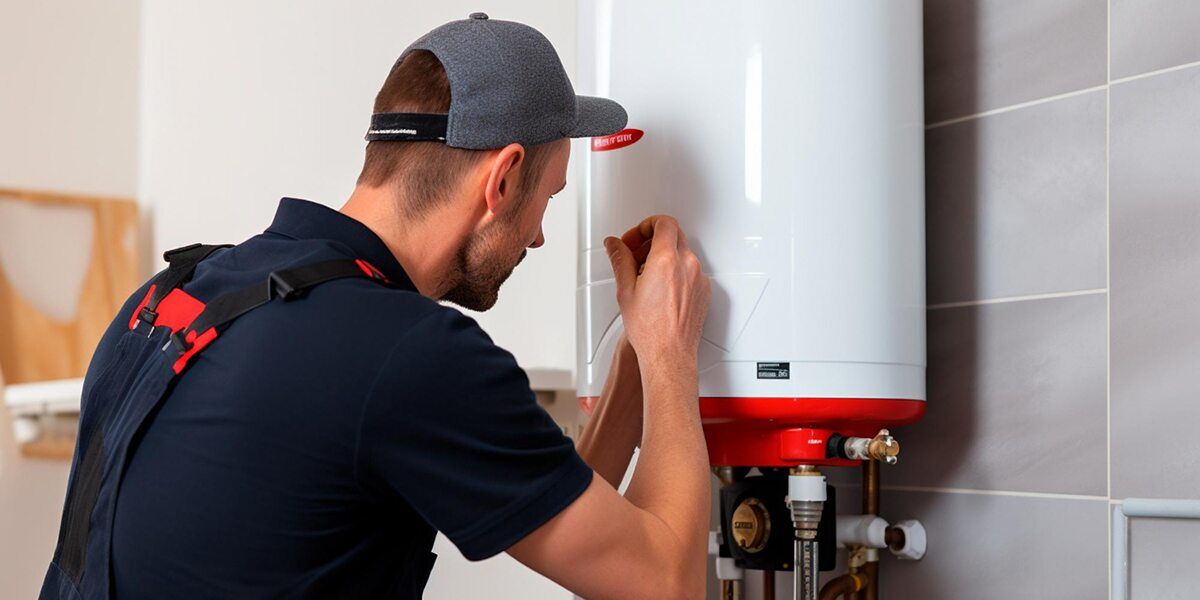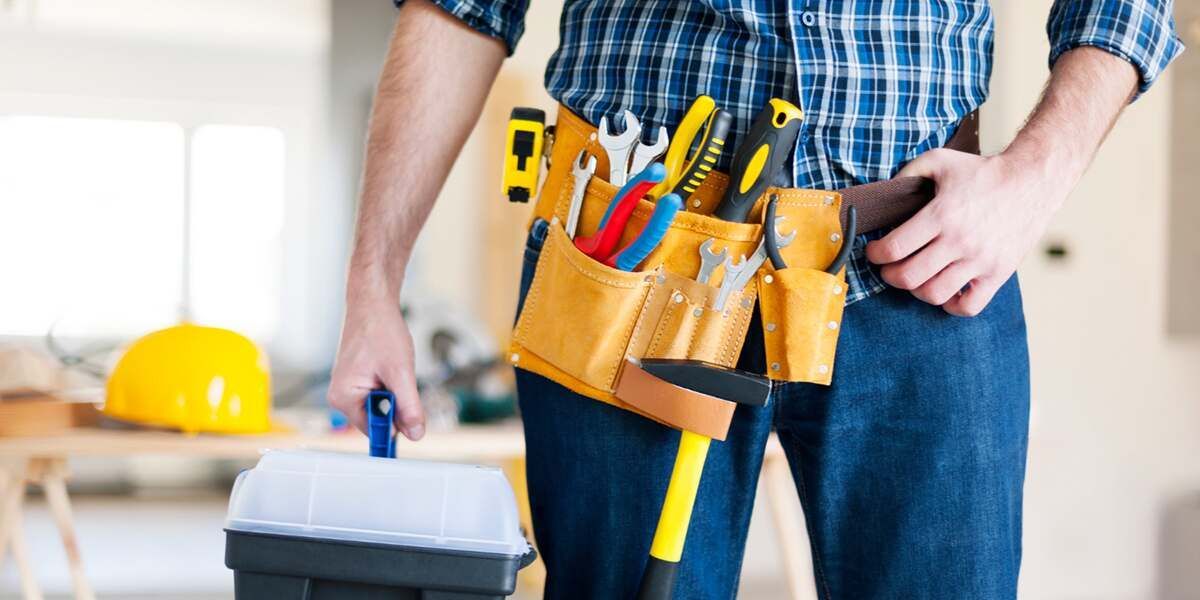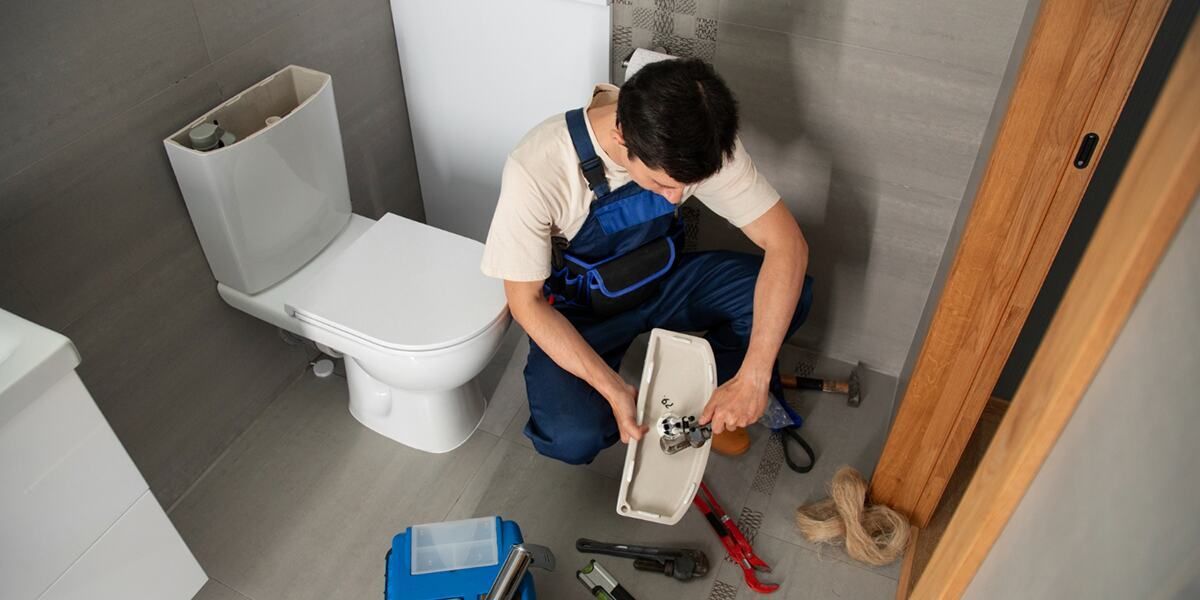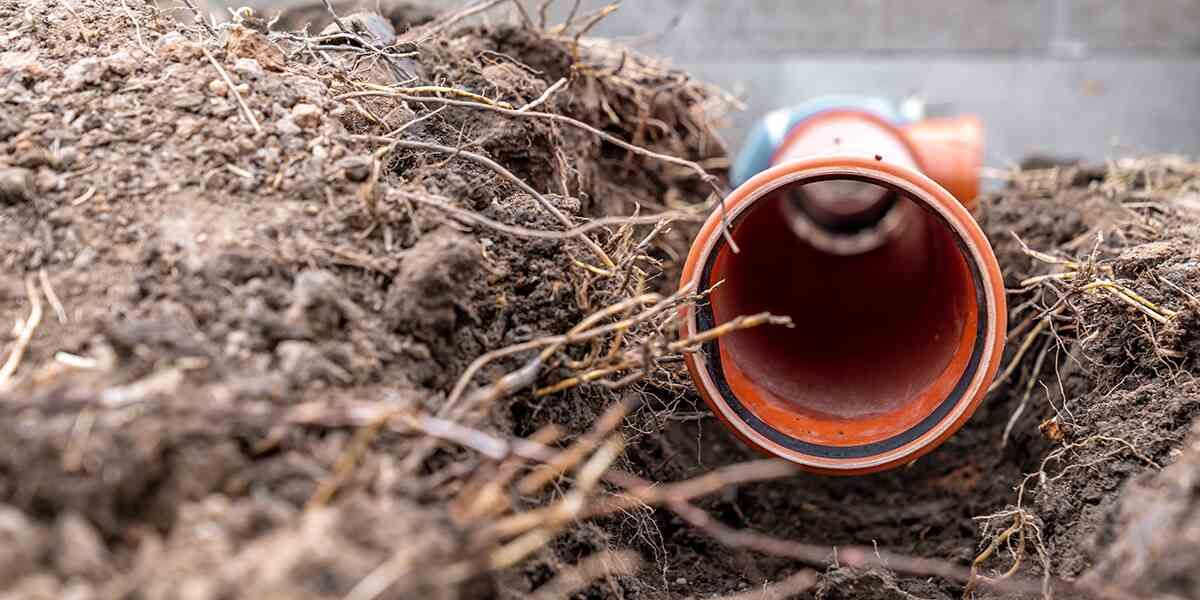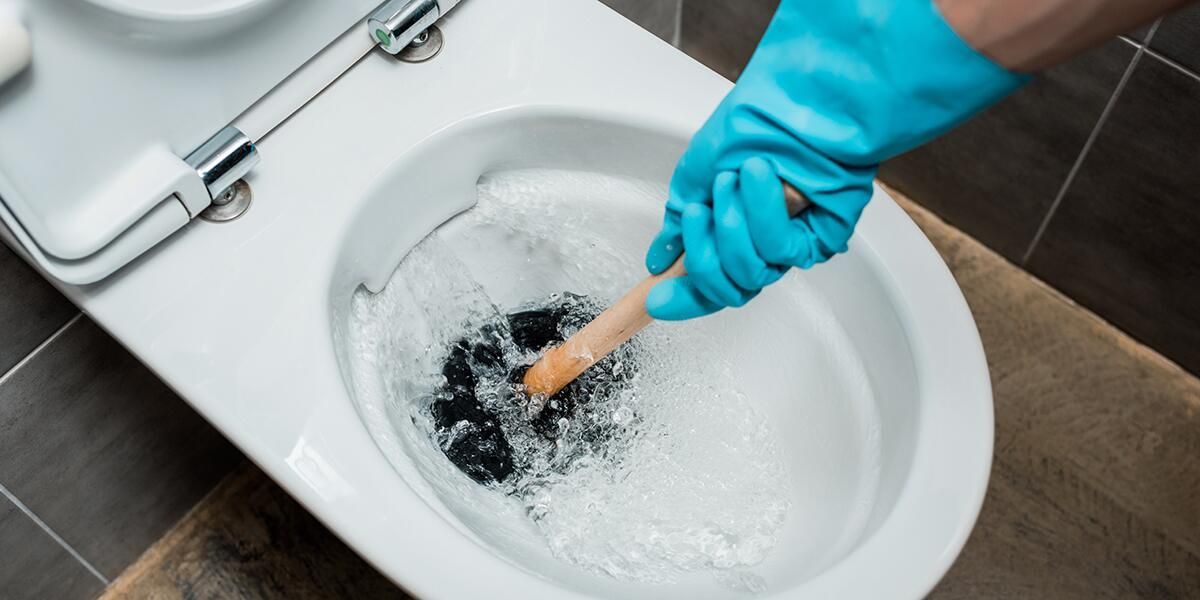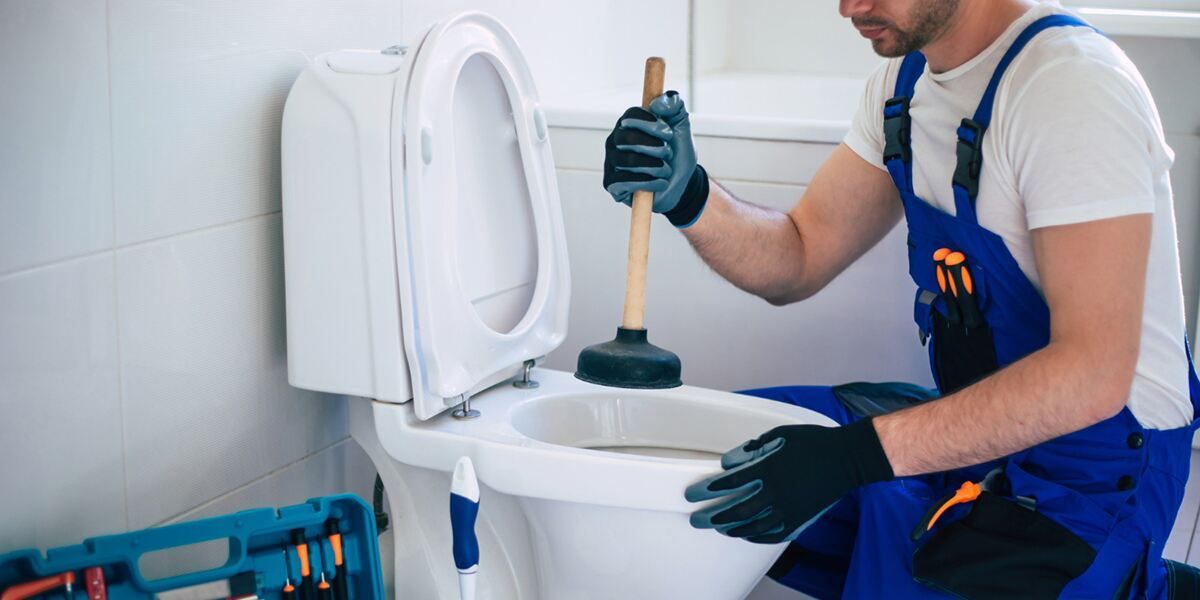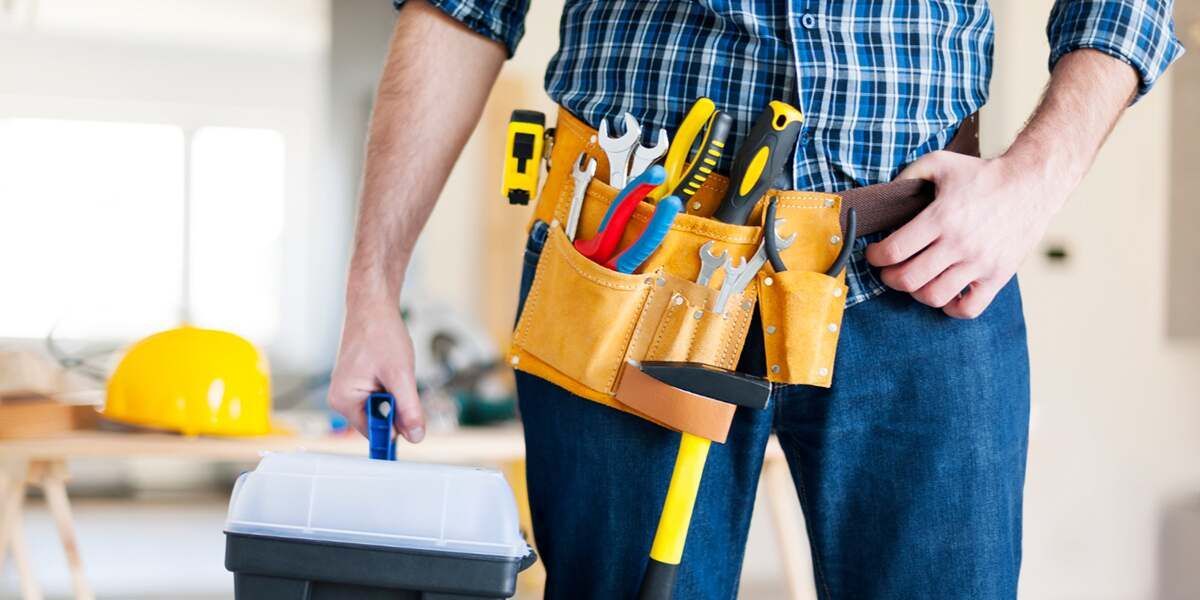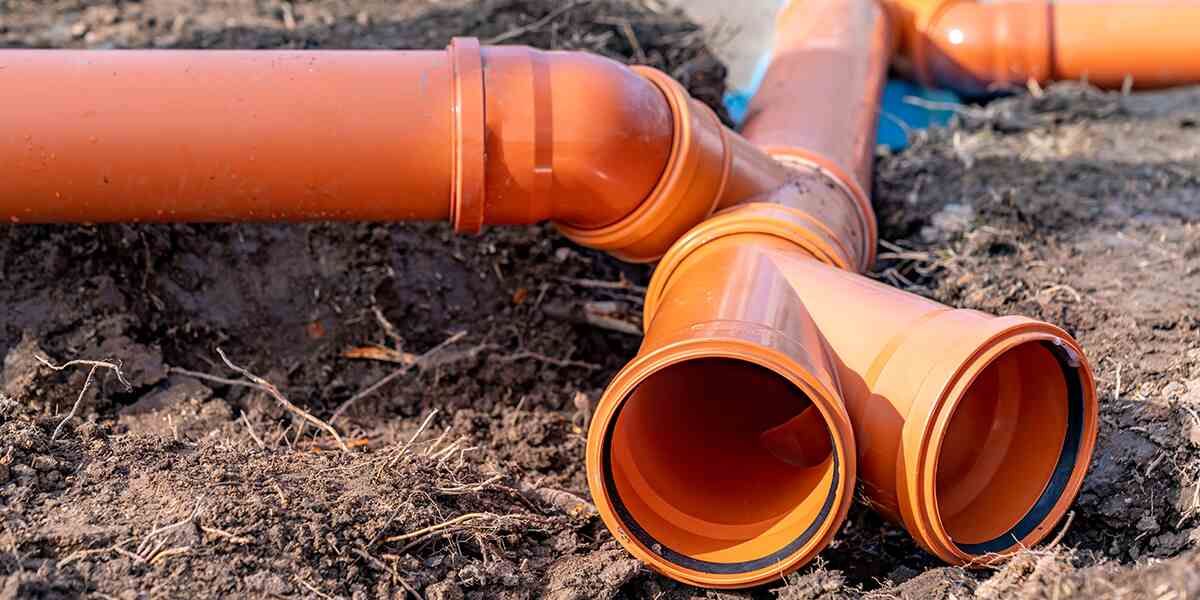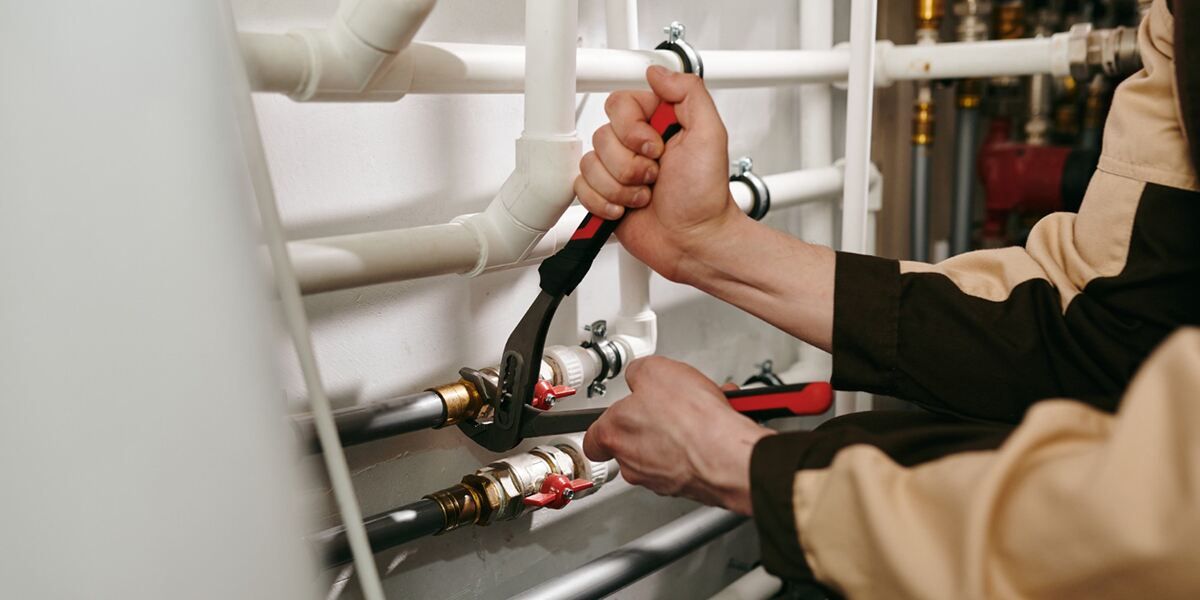Two Common Types of Drinking Water Contaminants
When you turn on your faucet for a glass of water, you know it comes from your city’s water filtration system and is typically safe to drink. You may not have considered where the water comes from before entering the filtration plant.
Our drinking water comes from reservoirs, aquifers, and even smaller sources such as lakes and rivers. Water from these sources can become exposed to a variety of drinking water contaminants.
Babe Plumbing expertly handles all of Mankato's water filtration services. We provide upfront pricing and honest advice for drinking water filtration in your home.
Common Contaminants
The term “contaminant” is fairly broad. According to the Environmental Protection Agency (EPA), there are two main types of drinking water contaminants.
Primary-level contaminants are the type to worry about. The list includes arsenic, lead, and E.coli, which we will discuss further. Primary contaminants contribute to serious health problems.
Secondary-level contaminants may affect the taste of your drinking water but have no adverse effects when consumed in minimal amounts. Secondary contaminants include fluoride, copper, and iron.
Both primary and secondary contaminants can cause health problems when consumed at high levels.
Primary Contaminants
These are some of the most dangerous contaminants typically found in drinking water. If any of these are present in your water, you should speak to a professional about water filtration options.
Lead
Outdated plumbing can turn safe drinking water into a health risk. When water flows through lead pipes, it could become contaminated with high levels of lead. It is widely known that lead causes serious problems such as cognitive dysfunction and learning disabilities.
Nitrates
In agricultural areas, nitrates are abundant in the water supply. Fertilizer is full of nitrogen. While it is not harmful to plants, it ends up in the groundwater, and subsequently, in our public water.
Prolonged exposure to nitrates can decrease oxygen levels in the body. Inefficient oxygen can quickly become fatal for small children.
Arsenic
Because it is found within the earth, arsenic could enter the water supply innocently. Arsenic is odorless and tasteless. You may not know your drinking water contains arsenic until you begin to experience side effects.
Neuropathy, digestive distress, and changes in skin texture are indicators of prolonged exposure to arsenic, even in small amounts. Arsenic exposure also contributes to the risk of prostate, lung, and bladder cancer.
Arsenic exposure contributes to premature childbirth, miscarriage, and low birth weight. It is also thought to contribute to childhood cancer.
A water test is the only way to determine if arsenic is one of the water contaminants present in your home.
E.coli
Your water supply contains a variety of viruses and harmful microbes. E. coli is one of the most dangerous contaminants in water systems. It can cause severe intestinal distress and even death, especially in the younger population.
Secondary Contaminants
While harmless in small amounts, exposure to high levels of secondary contaminants can cause unwanted health problems, especially in the younger population.
Fluoride
In small doses, fluoride is widely known to benefit tooth health. Fluoridated water has been commonplace since the mid-20th century. Like most things, fluoride is great in moderation, but an overabundance in the water supply is now thought to be a bad idea.
When consumed at high concentrations, fluoride goes beyond tooth health and into the bones, weakening them as you age.
Aluminum
Aluminum is everywhere — in the ground, the atmosphere, and our water. Aluminum is one of the most abundant drinking water contaminants.
Long known to contribute to the onset of dementia, areas with high concentrations of aluminum in the public water supply run a higher risk of dementia symptoms than those without aluminum in the water supply.
Iron
If your primary water source is well water, you are probably familiar with the taste of iron in your drinking water. It is safe to consume but has an off-putting taste and can cause tough stains.
Iron does not completely dissolve in your plumbing system, but a water filter can remove most iron content from your water supply.
Safe Drinking Water
We cannot survive without access to clean drinking water. There are safety regulations in place to ensure the water coming into our homes is safe to drink, but that is not always enough.
When you take measures at home to remove contaminants from your water, you know your health will not become compromised.
Test Your Water
The first step in forming a water purification plan is to test your water for contaminants. A simple water test will inform you of specific contaminants in your water supply. Once you know which contaminants are present, you can decide how to proceed.
Add Flavor
When you test your water, you may discover secondary contaminants are the only pollutants present. In this case, the main problem is bad-tasting water. Adding fresh fruit like citrus or berries to your water can improve the taste and make your water more drinkable.
Boil Tap Water
You can purify tap water by bringing it to a boil. It is fine for an emergency situation, but it is not an efficient or long-term solution. Bringing boiled water to a safe drinking temperature takes time, and you must be proactive about the amount of purified water you have on hand to avoid dehydration.
Install a Filter
There are many filtration options for your tap water, from a filtered pitcher to a professionally installed faucet filter. A filter removes unsafe contaminants and disinfection byproducts.
Once these elements are no longer present in your tap water, your water will taste better and you may notice health benefits. Better-tasting water is reason enough to install a water filter.
Trusted Plumbing in Mankato
You don’t have to live in fear of drinking contaminated water in your own home. Babe Plumbing in Mankato, MN can install a high-quality water purification system to remove all harmful drinking water contaminants.
Call the most trusted plumbing team in Mankato at 507-418-8387 to speak to a professional about a water purification system.
Author Bio:
Jeff Jordan and Anne Jordan
The wizards at Babe Plumbing. With synchronized finesse, they flawlessly orchestrate service excellence, transforming appointment chaos into a harmonious symphony of plumbing solutions, leaving customers impressed and ever-grateful for their unrivaled coordination.
Babe Plumbing is a professional emergency plumbing company based in Mankato, MN, with over 40 years of experience serving residents of southern Minnesota.
Our Services
Contact Information
Phone: (507) 625-7162 - Normal Business Hours
All Rights Reserved | Babe Plumbing
